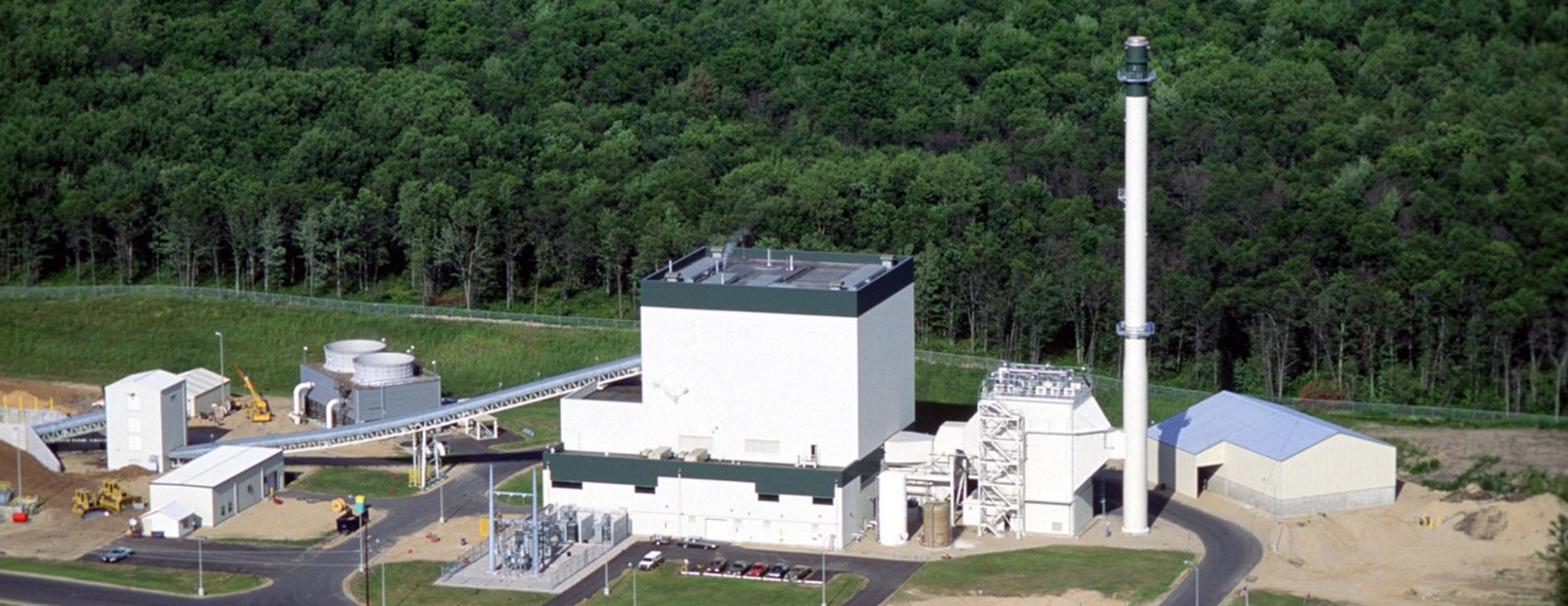September 2017
Not-So-Structural Grating
After noticing an unusual number of severe workmanship issues with grating penetrations, a study was conducted on one portion of a recently visited facility (one power block).
In the subject area, 231 penetrations through grating or deck plate did not conform to the requirements of contractor’s own Structural Erection Procedure, which states that all cuts of 3 grating bearing-bars shall be banded, and further, that field-cut openings shall clear insulation by 1”. The contractor’s own structural drawings also indicate a requirement/detail showing the penetrations of grating and checker plate reinforced with toe plate and banding.
Of the 231 inspections, 39 were missing banding, 174 had no toe plate, 10 did not meet the required insulation clearance, and 8 open holes were left in the grating. In total, roughly 100% of the penetrations were out of compliance with normal practice and the contractor’s criteria indicated above.
More concerning, is that the workmanship is so poor in some instances that almost none of the bearing-bars remain intact leaving the structural integrity of the... Read more
Labor/Supervision savings and probably some material.
Contractor: Some material expense and labor. Scaffold in some locations perhaps. Owner: Risks injuring O&M personnel or worse.
Steam Vents at Platform
EPR observed that steam safety valves had lifted at some period in the past during a load transient. The energy from an un-silenced steam release at 1,000F is violent and typically includes a powerful supersonic noise wave. Debris remains impaled on nearby structural steel and equipment from the force of the previous steam discharge.
A serious safety concern is that a personnel access platform is above and adjacent to the five (5) vent stacks. If any personnel would have been located on the platform during a release, they would have no doubt been seriously injured and burned. The owner's operators are exposed to a serious risk until this condition is resolved.
This safety problem persists because of a failure of engineering, piping construction, and the contractors commissioning team to resolve the issue prior to COD.
This is a very dangerous design and all 5 relief valve vents need to be extended above the structure or vented away from the access area.
Minimal cost to extend the vent stacks to a safe elevation.
Owner: Potential O&M personnel injury or fatality with associated costs. Contractor: Minimal cost to extend the vent stacks to a safe elevation.
Weld Slugs
Proper power plant construction is typically based on layers of processes and checks. Often observed quality problems are concerning due to their possible systematic nature and origin as a supervision problem.
In the realm of field welding, few defects speak as clearly about poor contractor quality and a loss of accountability than a slugged weld. The attached photo reveals that a piece of “all-thread” rod was used to fill several weld passes. Even worse, the welder didn’t even feel compelled to bury the slug under the cap and so it remained exposed. This indicates a site ethic existed, where the welder felt there was no consequence to being caught, or perhaps the welder was confident that no one would verify his work.
There may be several codes or standards that cover this type of activity, but it violates the general welding standards of AWS. The practical reason “slugs” are not acceptable is due to the uncontrolled and usually low-grade nature of the material used as “slugs”. This implies a possible structural deficiency, which is of course not acceptable.
In this facility,... Read more
The joints need welding, to do it wrong saves no time. Unqualified labor may be marginally cheaper, but not if the work is rejected!
Contractor: Cost of repair is small; but brand damage is meaningful. Owner: Structural failure risk increases, but small. Concerning indicator of plant quality!










